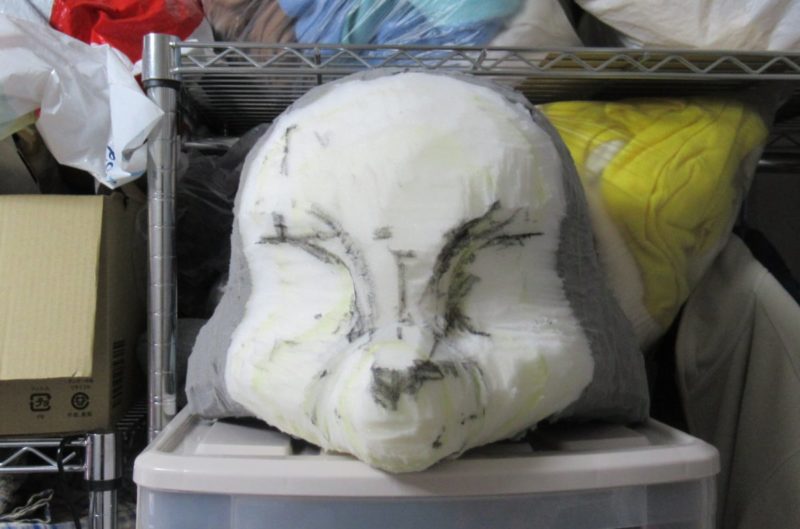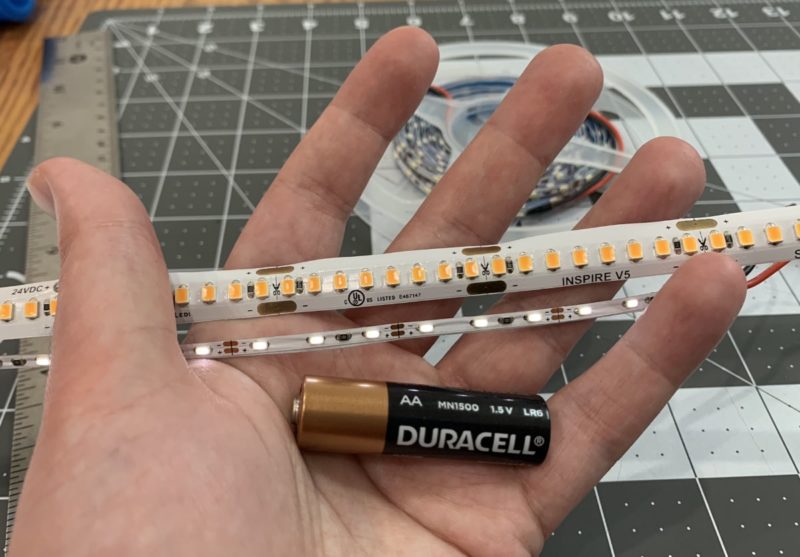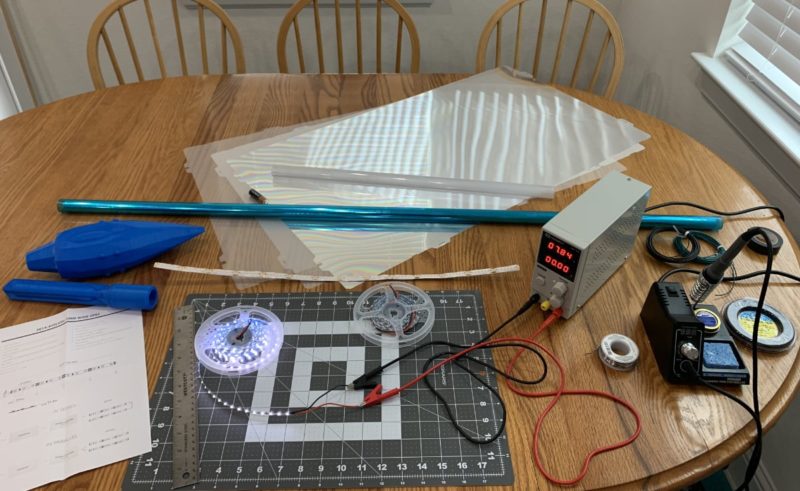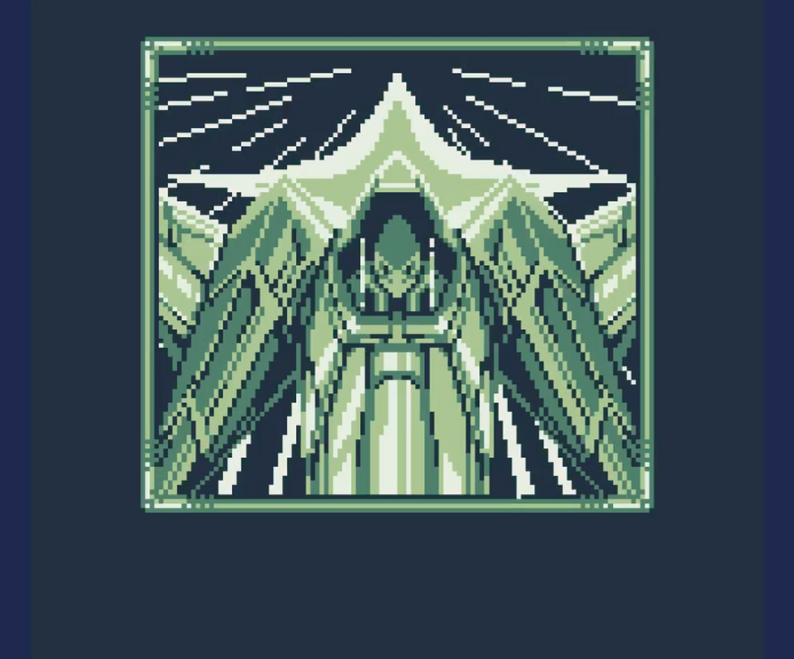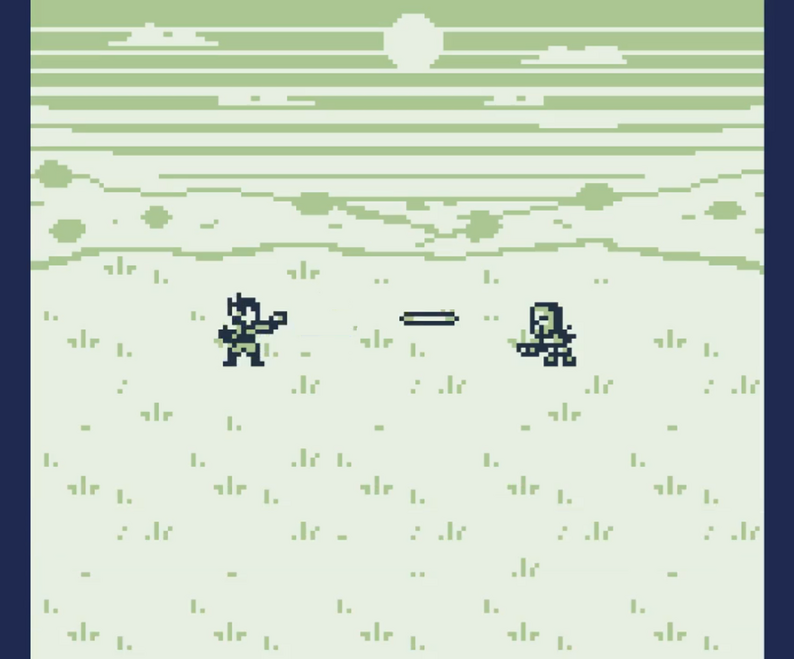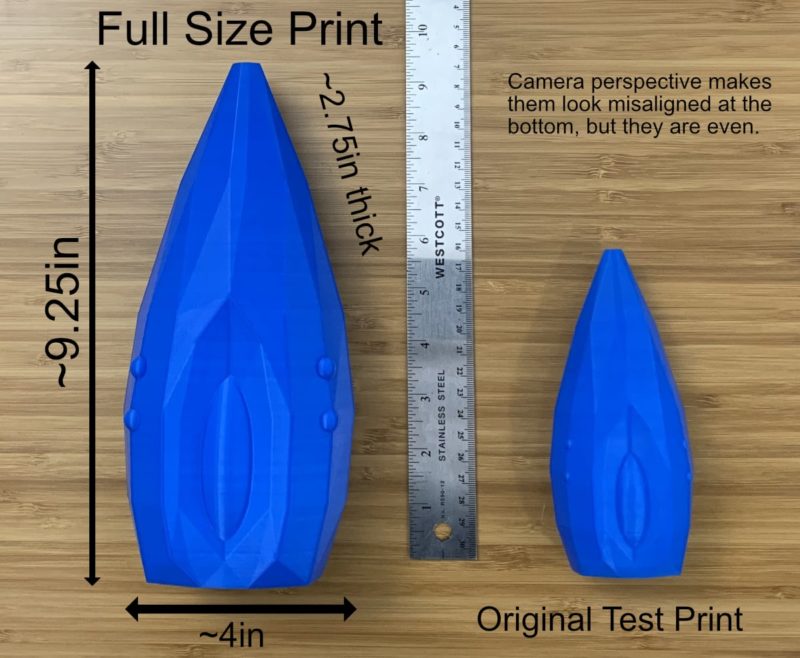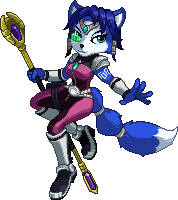Generously Donated 3D Printable Krystal Bust
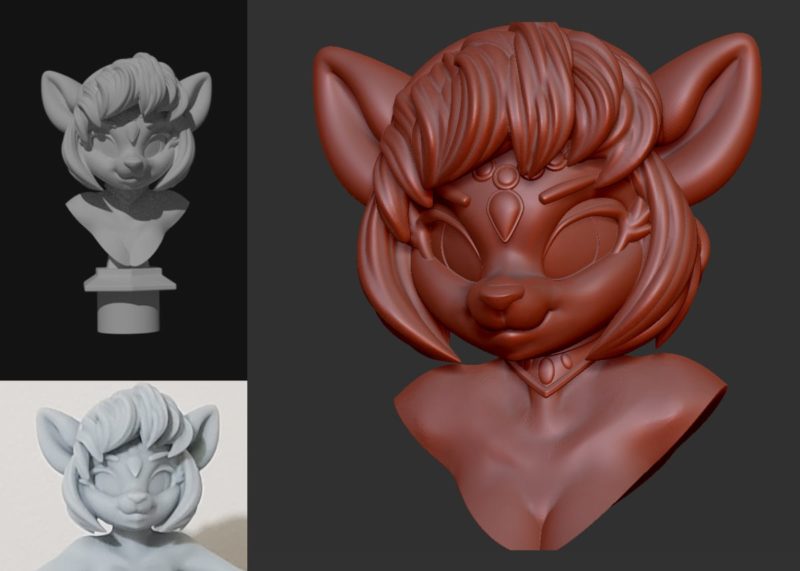
Now this is heartwarming. Kagekitsoon, who recently started a new anthro-focused 3D printing company, commissioned a detailed and dynamic Krystal bust, which he subsequently printed out using one of those very fancy resin printers like the one that was used to make the Krystal figure I recently received. Anyway, he had planned to sell 3D prints of the bust and keep the model to himself, but in light of the global isolation thing going on, he has generously allowed everyone to get the model for printing. You can download it and print it yourself for free! Thank you, Kagekitsoon!
For some background, the bust model, and the accompaning stand, were both digitally sculpted and prepped for 3D printing by v747, a prolific My Little Pony 3D sculpter.
If you're feeling similarly generous, try tossing a few bucks to Kagekitsoon who commissioned her and/or support the artist v747. Additionally, I suspect that Kagekitsoon would still be willing to make you a high quality 3D print of this Krystal model if you wanted to support him that way. You'll have to contact him yourself about that, however.
I have already downloaded the model to see how it looks in my 3D printing software. I can confirm it's a very high quality model with no apparent issues preventing a clean print, except for the fact that her face is very complex and has a lot of overhangs (something that is difficult for the typical FDM printers to handle well). Still, with some reorientation, I think I can get a very clean print out of it, we'll see.
Thanks to CommanderD for the heads up!
Detailed Krystal Fursuit in Progress by NYALICE
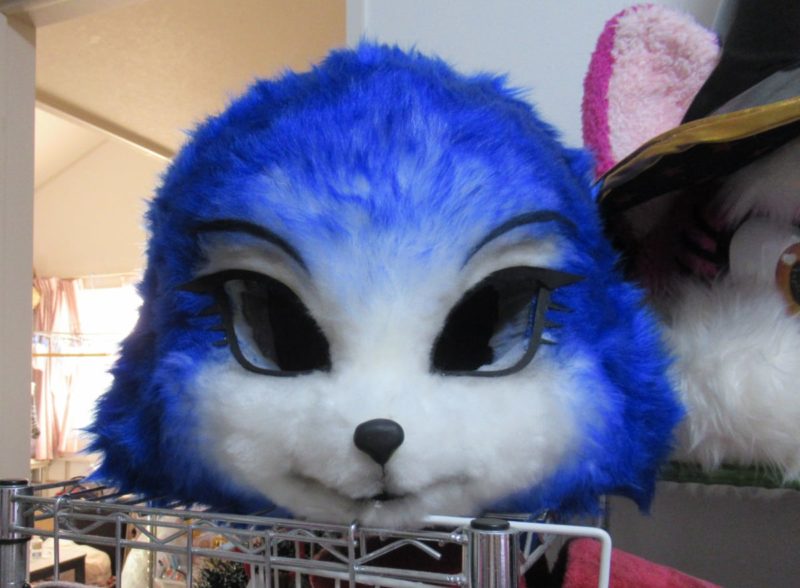
Thanks to Dane Solar, I discovered that Japanese costume-maker NyarolMyarroll ( NYALICE(にゃりす) ) is in the process of making a Krystal costume. At this time, all I've seen are the photos listed in this post. No idea if this is going to be a full suit or a partial suit. However, the shape and fur work on the head is very good. It will be interesting to see what Nyalice does with the eyes. I think they will have to be see-through, or use the tear-duct technique. I'll be following up with this one to find out what the costume will be and if it is being made for a commissioner or for Nyalice.
The posts about the costume are here, here, and here (I think).
Krystal in SSF2 Compilations
Speaking of Super Smash Flash 2, it released on Valentines Day and since then, people have been beating up all of Nintendo's cast of characters with one of the new fighters: Krystal! That can mean only one thing: compilation and competition videos. The one above by Inari is a combo video, exploring how someone might chain her different attacks against opponents.
Below, here's a 5.7 second run of "Krystal's Break the Targets!" Minigame by barchun.
Here's another combo video. This one is much more instructive with on-screen info on what's happening. The video is by Q-tips.
In addition to Break the Targets!, there is also another mode involving breaking crystals. Very appropriate for Krystal. Anyway, here's MaySeaOh's 28 second run.
Want more footage? There's tons on YouTube. Or, you can download the game free and make your own. Play as Krystal like you always wanted!
Krystal Staff Project Part 3 – Finished Mockup Tips and Inner Shaft LEDs

In my month of absence, I wasn't just sitting around. I finished implementing the bottom tip mockup in 3D, which required a complete recreation from scratch due to how unsuitable for 3D printing the original model was. I also printed out a second set for a Krystal cosplayer who wanted 3D prints of the two tips. If you want your own set, I'm still offering to print these two tips for $40, plus shipping.
I spent a lot of additional time looking into more lighting solutions. The company who made the prototype Lightpaper never responded. However, I did find that there are that are lots of LED strips theoretically thin enough to use inside a tube with room to spare. It just came down to figuring out which one. I looked at dozens and dozens of options, before settling for now on a 3mm wide strip with 3014 SMD LEDs that are only 10mm apart. The strip is about 1mm thick, well within tolerances, and probably the thinnest you can get without ordering directly from Chinese factories. And bonus, they're cheap too! I managed to get about 32 feet of them for about $50. By my calculations, for the final product, I'll need roughly twice that much, but for now, this is sufficient for testing.
These things are so incredibly small! It's hard to appreciate how small they are using the stock photos on the websites. Check out the strip next to a more normal size LED strip and a normal AA battery.
As for power, though they are 12 volt LEDs, I was able to get them to put out reasonable amounts of light at just over 7 volts. That means I can power an entire strip with just a handful of batteries, if all goes well. The next step will be to create a column of these LEDs around a central core and get that to light up. That will show off what it will look like for the final product. It's not a perfectly even distribution of light, but with a checkerboard pattern and some glass-frosting techniques, I think I can make it appear very even. Below is my tentative setup. I think I'll use a little time this weekend to do some soldering.
The white material below the shaft is some various light transmission and diffusion materials I scrounged from out of dead TVs. Not sure yet if they will be helpful to this project.
Custom Krystal Model for Star Fox 64 by Icsbonkun
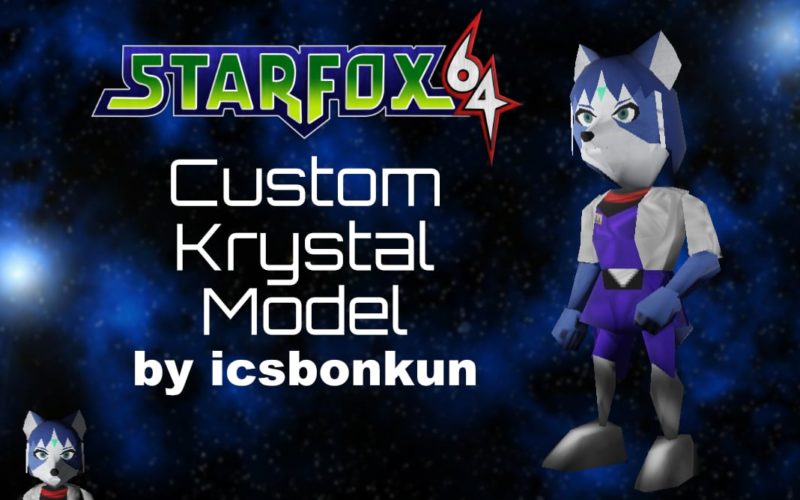
Well this is a surprise. User Icsbonkun has created a new, low-poly Krystal model that matches the Star Fox 64 style very closely. It's far more accurate to the game than the Krystal 64 model by The Regressor I had commissioned. Unlike that one, this one could probably be patched directly into Star Fox 64 without much modification. Seriously, is someone manages to do that, let me know. I'd love to see what she looks like in-game. In the meantime, you can download the model and check out more info at The Models Resource.
Background starfield by Donnerlittchen
Krystal Sketch Video by xin0555
Artist xin0555 posted a video of his process of drawing Krystal from scratch. He starts with a blank page and goes through the process of turning action and guide lines into a completed sketch. He explains what he's doing in each part. Nice introduction to the sketching process.
Morale Booster!
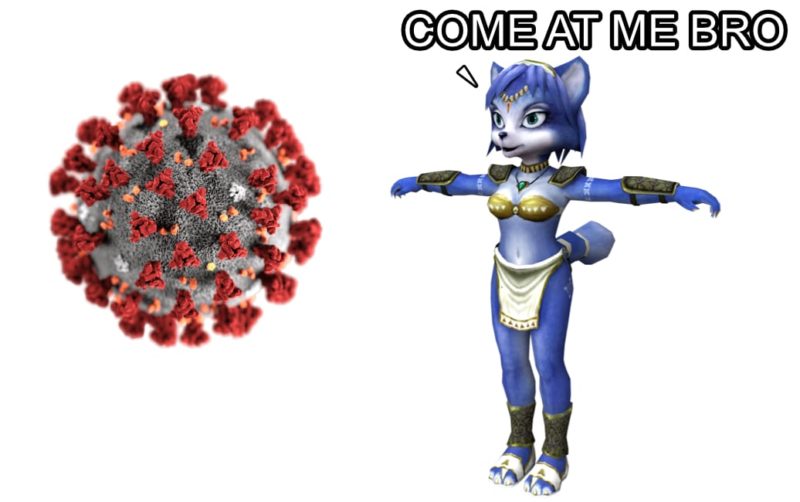
What's this?! An update to the Krystal Archive after almost a month of inactivity? It's true!
So what's been going on? Personally, I've been swamped with work and preparing for the current difficulties being faced by everyone in the world right now. I was lucky enough to see some of this coming, and making proper preparations takes time. Combined with a heavy workload for my job, I've been kept very busy.
Which brings me to the main point of my post today. I try to keep real-world stuff off the Krystal Archive. You can go literally anywhere else for news and advice for dealing with virus issues in real life. So this post is just about the Krystal Archive itself and the site's fans during this time of troubles.
I just posted an actual news story for Star Fox: Grounded a few minutes ago. And that's just one of the back-logged posts I will be making in the coming days. Rest assured, you'll have new Star Fox and Krystal content to look forward to for the next few weeks. Something I hope will lift your spirits a little.
The other thing I wanted to say is that I know that a lot of you are experiencing worry and/or boredom. Most of you don't have the disease, but there can be stress about catching it, about getting the things you need, or just being bored because school or work was cancelled. My bit of advice I have for you all is that one should never worry about the things they can't change. Obviously, you should take reasonable steps to help keep yourself, your friends, and your family safe. And helping each other out in other ways is great too! But after that, I advise you not to focus on what's happening out there. Worrying more about that won't fix it. Instead, focus on what you can do, starting by thinking positively:
If you're working from home for the first time, this is great practice for what was surely going to be the next wave of working life. Even without an outbreak, businesses are starting to awaken to how effective working from home can be. Use this time to get over the distracting aspects of it. Some of you may know that I have been working from home for many years. I can tell you from experience that it takes just a few days of serious effort to be able to get past the distractions and do work just as effectively as in an office, perhaps even moreso.
If you still need to go into work at a physical location, this is a great object lesson in how to maintain safe hygiene practices at all times. Even without a disease, keeping good cleanliness practices will be something that will keep you healthy for years to come. Please be patient and smile to those stressed or worried customers who come to your store. Anything you can do to create a calming atmosphere for them will alleviate fears of others. You're on the front lines of the battle to boost morale. I know you'll rise to this occasion.
If you're off school or quarantined, think about the opportunities you have now. It isn't what you wanted, but when have you had a better opportunity to learn something new? Interested in making that Krystal fangame, but never had the time? Now you do! The world's cumulative human knowledge is there, online, ready at your fingertips for no cost. Stay off social media. Learn something. Make something. Become better. You have time, do something with it!
And if you do make something Krystal or Star Fox related, let me know. Those are my encouraging words to you all. Let's face the future with a confident smile.
Star Fox: Grounded – Falco-Starring Game Boy Fangame by suitntie22

Something I never thought I'd see. suitntie22 has created a Star Fox turn-based RPG for the original Game Boy. In Star Fox: Grounded, you take control of Falco as he tries to find his teammates and repair his Arwing after the Star Fox team get separated and grounded on a hostile planet full of robots. The game is a turn-based RPG, with random battle encounters, dialog, and an overworld.
And when I say it's a Game Boy game, I mean it. The game was designed to run with the exact limitations and resources of an original Nintendo Game Boy. You can download the game and play it on any Game Boy emulator you choose.
Kadath brought this fangame to my attention, and since then, Takumi of the KA server tried it out. He said it was relatively short, demo-like, and needed some polish, but overall had a lot of potential. Download Star Fox: Grounded at itch.io.
Krystal Staff Project Part 2 – Shaft Lighting and Mockup Tips
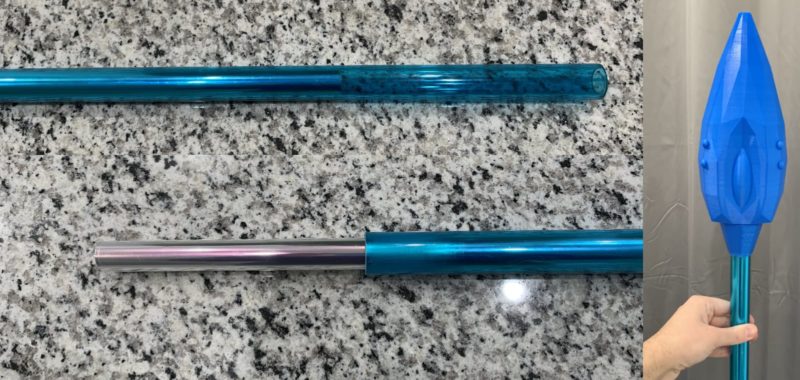
I spent a lot of time over the weekend working on the staff project. I managed to get the staff's shaft cut to the right length, smoothed the ends, applied to blue window tint, and prepared the internal reflective and refractive films. With great pleasure, I can say that the blue window tint worked amazingly well on the shaft. Unless you look very closely, it really does look like the shaft was made of blue polycarbonate. Putting the tint on was pretty time-consuming though. It requires you to cover the whole thing in soap and then wrap it and slowly push it down over and over as the soapy water evaporates and the sticky part of the film returns to stickiness. Rolling up and inserting the diffusion and reflection film was straightforward. You can see what the tube looks like with no film inside and what the film looks like outside the tube in the photo above.
Unfortunately, the theory that the light could be transmitted down the surface of the tube and reflected using the internal films was a COMPLETE FAILURE. Light just doesn't want to travel down the tube that way, or if it does, the effect is so small as to be invisible. It's back to the drawing board on how to obtain light down the shaft in a space-efficient way. I tried a couple different methods of trying to light the shaft using a slightly different method, but it failed as well. So it's back to the drawing board. I did find another potential technology, though: Lightpaper. I contacted the manufacturer to see if they plan to make it available in the near future. After that, EL tape and EL wire may be my best bet for now.
In light of the lighting situation, I elected to shift focus slightly. Now that the shaft is the right length, I thought I would print out the tips to get a good idea of the scales involved. That way, I'll have something tangible to think about when designing the internal mechanisms and lighting layouts. It took about 13 hours, but I printed the Super Smash Bros Ultimate version of top tip at actual size with a hole just big enough to slide the shaft onto it. Literally all I did was scale it up and prepare it for printing, but it's otherwise exactly the same 3D structure, polygons and all, as the in-game model. The print came out amazingly well for its size. It's really one of the easier things to print. Here it is compared to a previous proof-of-concept print.
When I showed this off yesterday on Discord, a couple people seemed interested in getting a copy of the mockup 3D print for their own. If you're interested in one, I can print you the top tip like this one for $20 plus shipping. Send me an email if you're interested. In the meantime, the next thing I'm going to do is prepare a mockup for the lower tip that will fit onto the shaft. That way, we'll be able to see a mockup for the whole staff at once.
Star Fox Assault 15th Anniversary
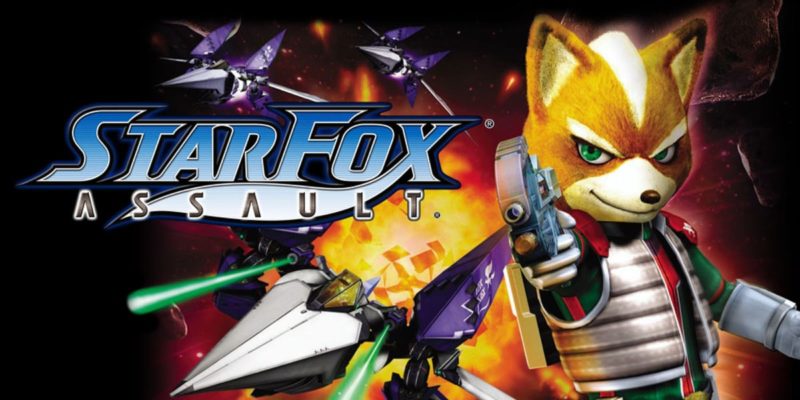
On this day in 2020, Star Fox Assault has been out for 15 years. The perfect day for love letter to Star Fox fans, Star Fox Assault was released on Valentines Day in 2005. Released first in America, it would be released in the following days and months in Japan, Europe, and Australia.
Also important, Super Smash Flash 2 version 1.2 releases today. It has Krystal as a playable character. What are you still doing here?! Go play it! Go Go Go!

